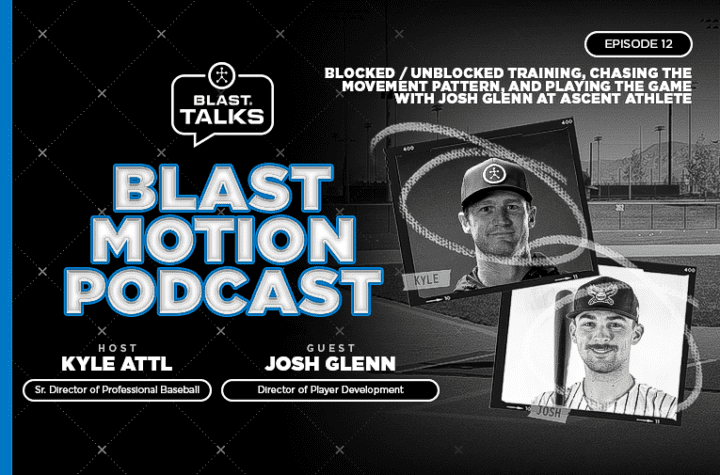Let’s say you’re someone who’s become bored with cardio exercise. Maybe your experience with cardio workouts has been simply mediocre and dull; maybe you’re generally a fan of cardio, but you’ve hit a plateau and have become bored. Thankfully, improvement to your cardio workout is not only possible, but vital to keep you engaged and in your best form.
With only 24 hours in a day, and only a certain percentage of those hours dedicated to physical activity, you’re not going to want to waste any time – so why would you devote your precious minutes to cardio that’s ineffective? It’s true that any exercise is better than no exercise, but for those who are dedicated to making every second count, it’s definitely worth it to look into ways to maximize your efficiency.
Why you Need Better Cardio
A number of athletic studies have been done in recent years to find out the “best” ways to do cardio activity, and a surprising number of studies have come up with the same conclusion: that how you train is more important than how long you train. For those who juggle exercise time with other life commitments, the idea that you can do cardio for a shorter amount of time and reap bigger results is fantastic news.
The key here is that you need to stay engaged, and you need an action plan beyond setting up a magazine on the elliptical. “Your cardio training should be approached with the same precision and details as a well-executed weight training program,” says Muscle and Fitness. “By paying closer attention to intensity levels and duration, gym-goers can reap the benefits of an intense session without wasting away their day slogging miles on the treadmill.”
How to Maximize your Cardio Workout
Now that you’re ready to get a better workout in a shorter period of time, you’ll be glad to know that there are plenty of tried and true options for cardio that will make a difference. There are many websites online where you can find tips for scientifically effective cardio, but here’s a summary of the five main tips you’ll find:
- Do a dynamic warm-up: Preparing one’s body for exercise is a crucial step that many people decline to take, and skipping a dynamic warm-up (no boring stretches here!) can be detrimental to your cardio capacity. Try a 10-minute warm-up consisting of leg swings, arm swings, squats, crab walks and duck walks, push-ups, and sit-ups. This should get your system limbered up and ready for what’s ahead.
- Tabata: The crossfit enthusiasts have it right – the use of tabata exercises revs up your cardio and burns a huge number of calories in very little time. The idea is 20 seconds on, 10 seconds off – so for 20 seconds you work as hard and fast as you can, then rest for 10 seconds. Repeat for four minutes. (A trainer at Greatist recommends that less experienced people can dial down to 10 seconds on, 20 seconds off.) Tabata can be done with everything from sprints to rowing machines to cycling, making it a great multi-use workout that will get your heart pumping and lungs working hard.
- Interval training: Similar to tabata, interval training ensures that you won’t get bored – instead, it’ll keep you working and constantly moving. In fact, the type of interval training most scientifically proven to be effective, HIIT (high intensity interval training), recommends that you alternate short bursts of all-out energy with brief recovery times. It can be a little more flexible than tabata, though, so try out interval training on a stationary bike (spin classes are great for this). Constantly moving between high energy output and short recovery will keep your heart up and boost your metabolism.
- Mix it up with weights: You’ll get an even better workout if you add strength training intervals in between your cardio. The site recommends adding bodyweight exercise during your rest period rather than simply stopping between intervals. This means you’ll be working even more muscles groups than you’d get through cardio alone. If you’re doing tabata sprints, try doing 10 kettlebell swings – one swing per second – for your 10 seconds of rest time.
- Use a fitness tracker: If you’re truly unconvinced that your cardio capacity is improving, try an exercise tracker. Technology has come so far these days that trackers can assess the intensity of your workout as well as if you’re expending enough energy. And if you’re playing baseball, basketball, or taking a spin on your skateboard an exercise tracker will let you know exactly how hard you’re going, and if you’ll need to dial back or turn it up.
Conclusion
More work in less time – that’s the magic of effective cardio. Ensuring that both you and your muscles don’t get bored is paramount to embracing the cardio burn, plus it goes a long way in developing a healthy love for a well-rounded exercise habit. Just remember to keep track of your athletic performance – you might be amazed at how much your cardio capacity expands.
What type of cardio best works for you? Let us know in the comments.



